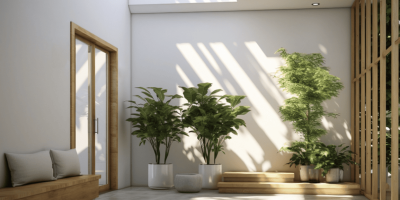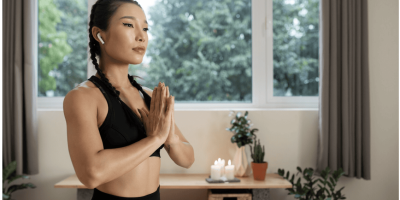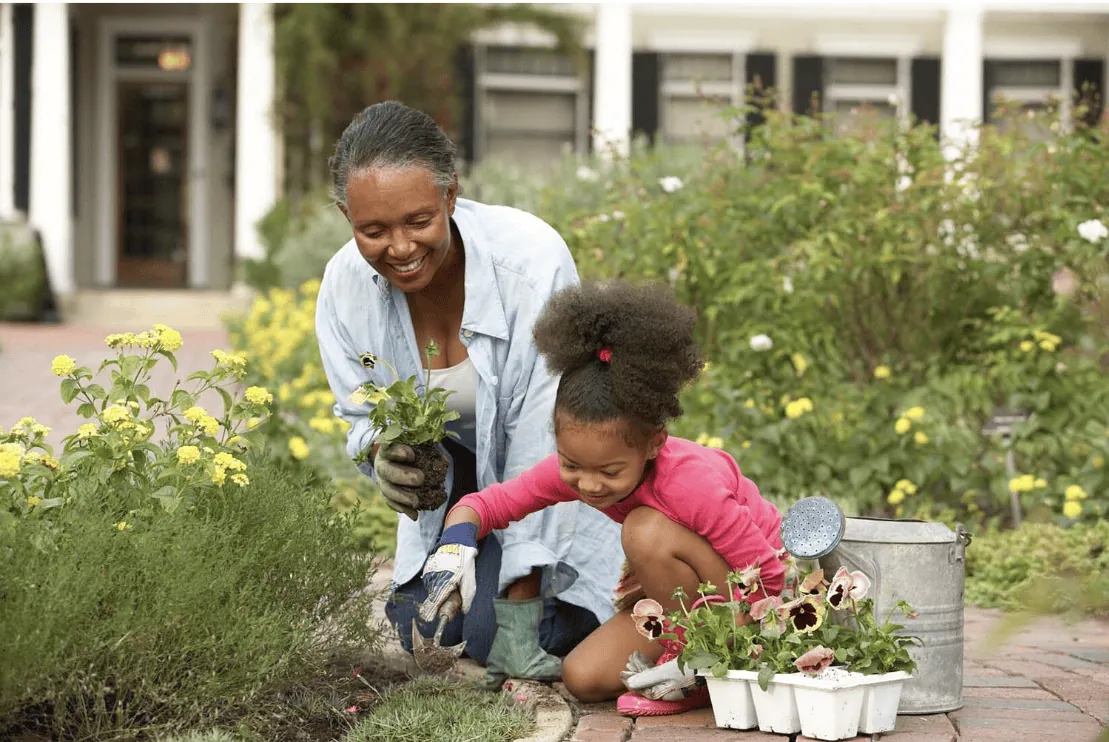
- When it feels like crying in a therapist’s room does not work any more, maybe one should opt for a different alternative, or may I suggest horticulture?
Every time I see my neighbours out in their gardens, they always look so happy and full of energy. It’s not like I’m checking them out or anything, but there’s something about the way they radiate health and contentment. Have you ever noticed that?
I’m convinced it’s because of how much time they spend gardening. It turns out that gardening offers a lot more benefits than just fresh produce and helps the environment. Many people garden to improve their physical and mental health, too.
And it’s called horticulture therapy!
Now, what is this tongue-twisting scientific term, you may ask?
Horticulture therapy is the purposeful use of plants and plant-based activities to help with health and well-being. It was first discovered by Dr. Benjamin Rush, a physician considered to be the first psychiatrist and, fun fact, signer of the United States Declaration of Independence.
You’ll find horticulture therapy in hospitals, schools, and various organisations. But guess what? You don’t need to be in any of those places to get into it! I’m here to give you the lowdown on how this plant-powered therapy works and how you can make it part of your life!
Going All The Way Back To The Ancient Time
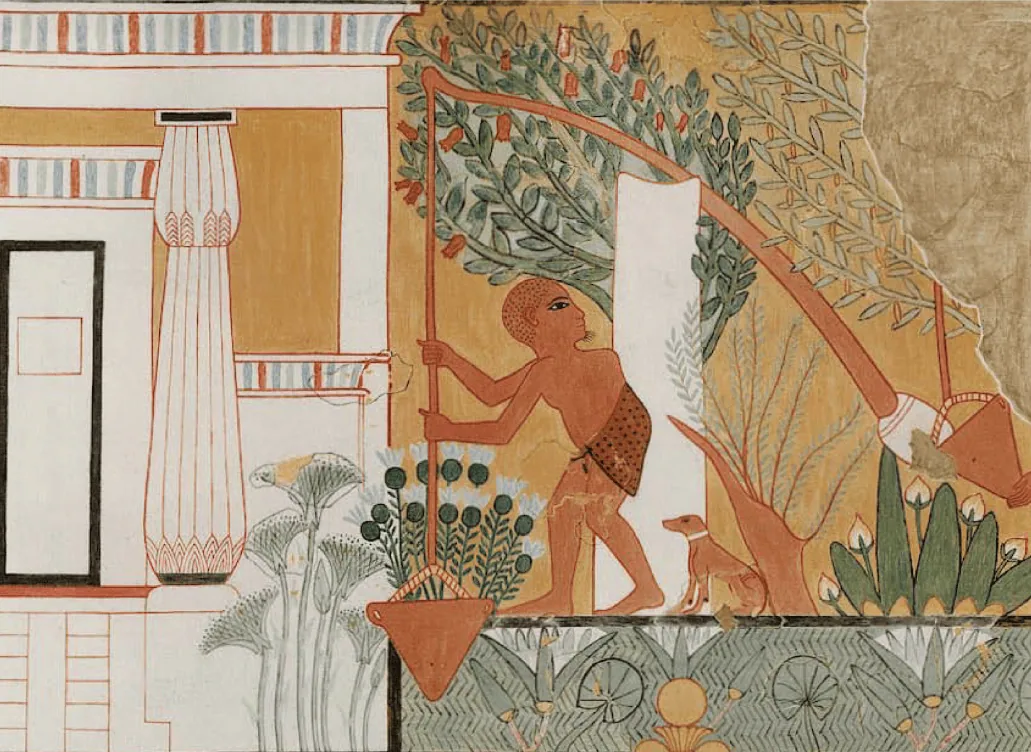
Therapeutic gardening may be a new phrase, but the concept of using gardens and the environment to heal has been around for thousands of years. The ancient Egyptians used gardens for therapeutic purposes, while the Greeks and Romans believed in their healing virtues.
In the 18th and 19th centuries, doctors began to promote gardening and fresh air as cures for tuberculosis and respiratory problems. By the mid-20th century, occupational therapists had started including horticulture in mental health treatment strategies.
Horticulture therapy first evolved in the 1940s as a technique to improve physical and mental health via gardening, particularly to help injured troops recover.
By the 1970s, it was widely recognised as a therapeutic strategy in hospitals, schools, and community gardens. The term “therapeutic gardening” gained popularity in the 1980s and 1990s as a useful technique for improving health and well-being.
Today, therapeutic gardening is widely used in a variety of settings to help people with mental illnesses, physical disabilities, chronic pain, and substance addiction disorders, including specialised gardens developed specifically for those with Alzheimer’s disease and dementia.
In-Depth Benefits of Horticulture Therapy
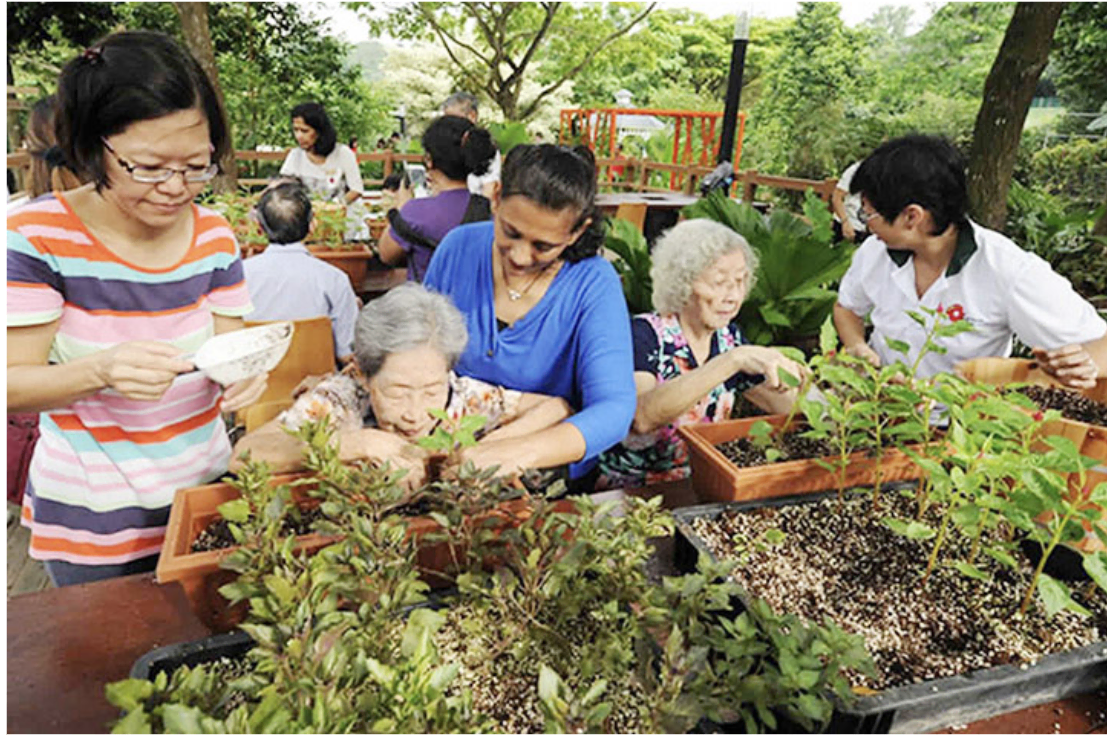
Horticulture therapy is adaptable, meaning it can be used to treat a wide variety of conditions and populations.
For anyone dealing with mental health issues like depression, anxiety, or PTSD, spending time with plants in a peaceful, natural setting can provide some relief and help with emotional healing. It offers a calm environment to handle symptoms and enhance well-being.
Gardening can be a great way for people with physical disabilities or limitations to get some gentle exercise. It can be tailored to fit their abilities, which can help enhance strength, mobility, and dexterity.
Gardening therapy offers some great cognitive perks, too. The activities like planning and taking care of plants can really help boost memory, attention, and problem-solving skills. Older adults, especially those dealing with dementia, can gain from gardening activities that boost cognitive function and help with memory recall.
Additionally, gardening may provide therapeutic support and be a useful, hands-on technique for children with behavioural and learning issues to enhance focus and behaviour.
Horticulture therapy has also been shown to improve emotional and social well-being in addition to its physical and cognitive benefits. Tending to a garden can lift your spirits, ease stress, and give you a fulfilling sense of achievement.
It helps create social connections, particularly in group settings, where people can work together, exchange ideas, and develop a sense of community.
Types of Horticulture Therapy
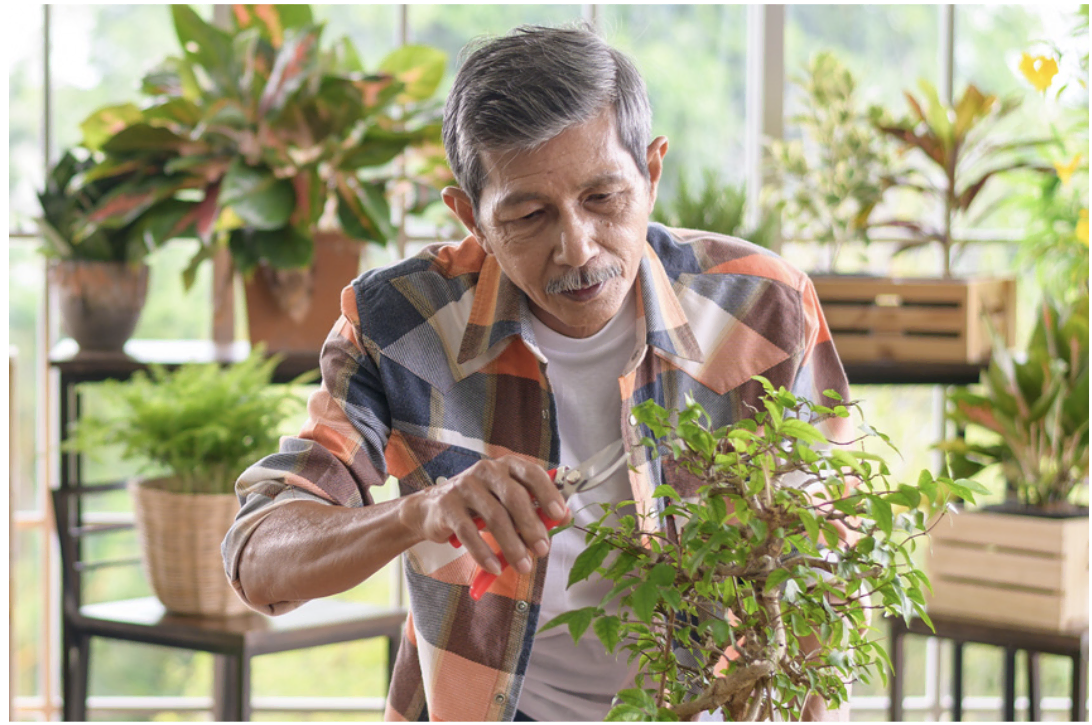
Now, you may think that horticulture therapy is simply gardening, but there are actually different types of horticultural therapy, each serving unique purposes and benefiting individuals in various ways.
Therapeutic horticulture therapy is all about establishing clear treatment goals to enhance emotional, physical, and intellectual well-being.
Therapeutic gardens usually offer activities such as planting, creating floral arrangements, and crafting with natural materials. These activities can help redirect focus from negative thoughts to positive ones, enhancing self-esteem and assisting individuals in managing challenging situations.
Horticulture therapy for vocational purposes helps people develop job skills in gardening and plant science.
Participants pick up gardening techniques, plant care, and landscape design skills, getting ready for jobs in nurseries, garden centres, or landscaping. This method not only equips you with useful skills but also brings a feeling of achievement and direction.
Social horticultural therapy focuses on improving social skills through group activities such as working together in the garden, exchanging tips, and engaging in nature-themed crafts. These programs foster a friendly atmosphere where individuals can connect, build friendships, and enhance their social well-being.
Getting Dirty with Horticultural Therapy at Home
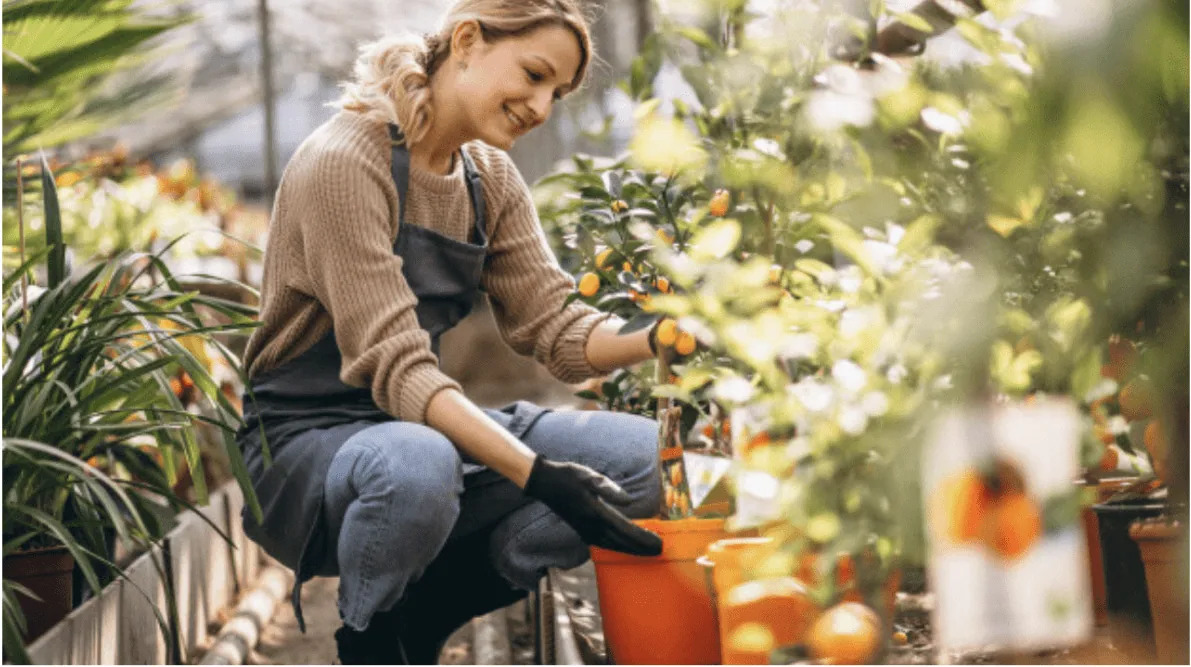
To be clear, not every garden fits the criteria for a therapeutic garden. You don’t simply plant a seed, water it, and call it a therapy garden.
When setting up a horticultural therapy environment at home, start by choosing a design that feels right for you. Since it’s something you’ll see daily, it’s essential that the space feels comfortable and inviting.
You can draw inspiration from existing designs or create your own, as the environment will influence the therapy’s effectiveness.
Next, carefully select the right plants. Consider factors like fragrance, water needs, and how easy they are to maintain. Choose plants you genuinely enjoy, as this will make the process more rewarding.
Also, think about how much attention each plant requires—some need constant care, while others are more low-maintenance. Which one would be easier for you?
The location of your plants is just as important. Ensure they’re placed where they can receive sufficient light for growth. If natural light is limited, LED grow lights are a practical option for controlling the light intensity and keeping plants healthy indoors.
Lastly, consider the type of soil or growth medium your plants will need. Nutrient-rich soil is crucial for their health, and some plants may have specific requirements. Choosing the right soil or growth medium will help ensure your plants thrive, allowing you to enjoy the benefits of horticultural therapy in the long run.
Cultivate Calm, One Plant at a Time
Horticultural therapy is not just effective; it’s a simple and affordable way to bring peace into your life. As more people discover the benefits of connecting with nature, you can easily create your own oasis at home. Beautiful plants don’t just brighten your space, they nurture your mind and lift your spirit.
Why not start today? Pick out a few plants, set up a cozy spot, and create your own green sanctuary. You’ll be amazed at how much more relaxed and happier you’ll feel. With each new leaf, you’re not just growing a plant, you’re building a more peaceful and balanced life.

